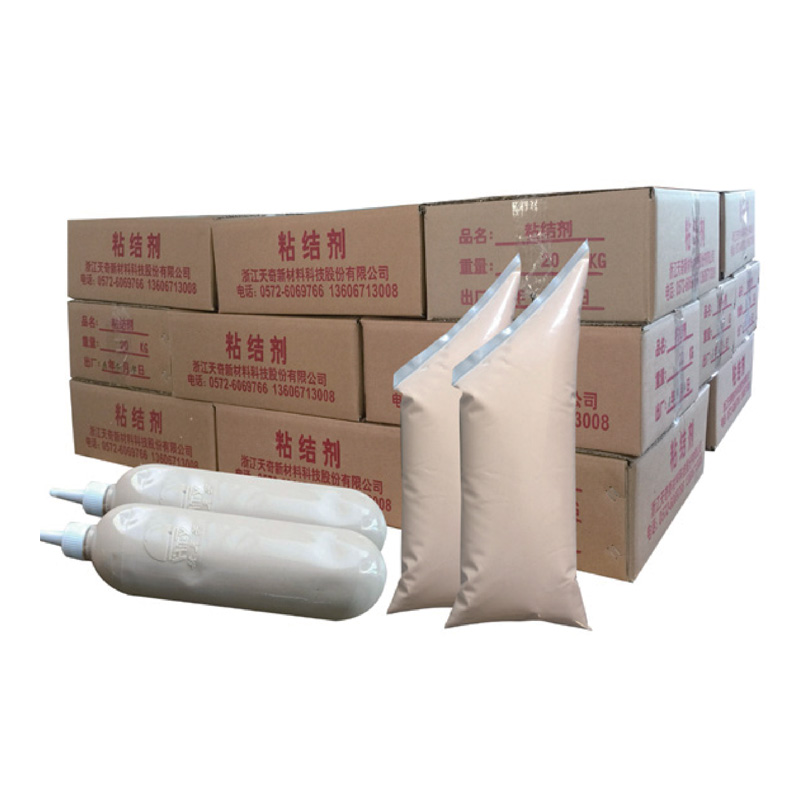The chemical and physical properties of a Core Binder can vary depending on its specific formulation and intended application. Core Binders are typically used in composite materials to bind the core components, such as foams, honeycombs, or other lightweight materials, together. Here are some general properties that are important for Core Binders:
Chemical Properties
Composition:
Resin Type: Core Binders are often made from epoxy, polyester, phenolic, or polyurethane resins. Each type has specific characteristics suitable for different applications.
Additives: Various additives may be included to enhance properties like flexibility, toughness, UV resistance, or fire retardancy.

Curing Agents:
Hardener/Catalyst: The chemical agents that initiate the curing process. These can include amines, anhydrides, or peroxides depending on the resin type.
Mix Ratio: The specific ratio of resin to curing agent, which must be followed precisely to achieve optimal performance.
Volatile Organic Compounds (VOCs):
VOC Content: The amount of volatile organic compounds released during application and curing. Lower VOC content is preferred for environmental and health reasons.
Chemical Resistance:
Solvent Resistance: Ability to withstand exposure to various solvents.
Chemical Stability: Resistance to degradation from acids, bases, and other chemicals.
Physical Properties
Viscosity:
Flow Characteristics: The thickness of the binder in its liquid state, which affects how it is applied (e.g., brush, spray, or roll). Viscosity is typically measured in centipoise (cP).
Density:
Mass per Unit Volume: Typically measured in grams per cubic centimeter (g/cm³) or pounds per cubic foot (lb/ft³).
Tensile Strength:
Maximum Stress: The maximum amount of tensile (pulling) stress the cured binder can withstand before failing, typically measured in megapascals (MPa) or pounds per square inch (psi).
Modulus of Elasticity:
Stiffness: The ratio of stress to strain in the elastic deformation phase, indicating how much the material will stretch under a given load.
Hardness:
Surface Hardness: Measured on scales like Shore D for polymers, indicating resistance to surface indentation.
Cure Time:
Gel Time: The time it takes for the binder to begin to set and become unworkable.
Full Cure Time: The total time required for the binder to reach its maximum properties after application, which can range from minutes to hours, depending on the formulation and curing conditions.
Thermal Properties:
Glass Transition Temperature (Tg): The temperature at which the binder transitions from a hard, glassy state to a more rubbery state.
Heat Resistance: The maximum temperature the cured binder can withstand without degradation.
The specific chemical and physical properties of Core Binders are crucial for their performance in different applications. They determine how the binder will interact with the core material, how it will be applied, and how it will perform under various conditions. Understanding these properties allows for the selection of the appropriate binder for specific engineering and manufacturing needs.


 English
English 中文简体
中文简体
















